A topic of interest for safety officers, facility managers and infection preventionists is water safety in healthcare. There are routine aspects of water safety that are addressed in each facility’s required water management plan. The CDC has a Healthcare Facility Water Management Program Checklist that goes over the basics. However, there are unique opportunities during… Read more »
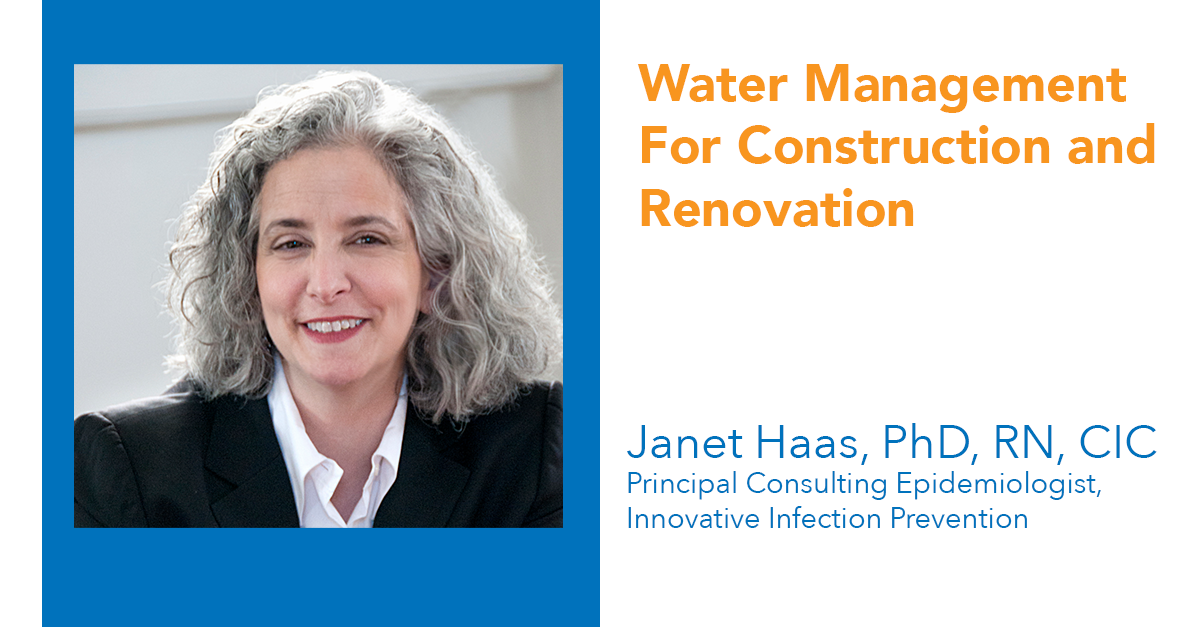
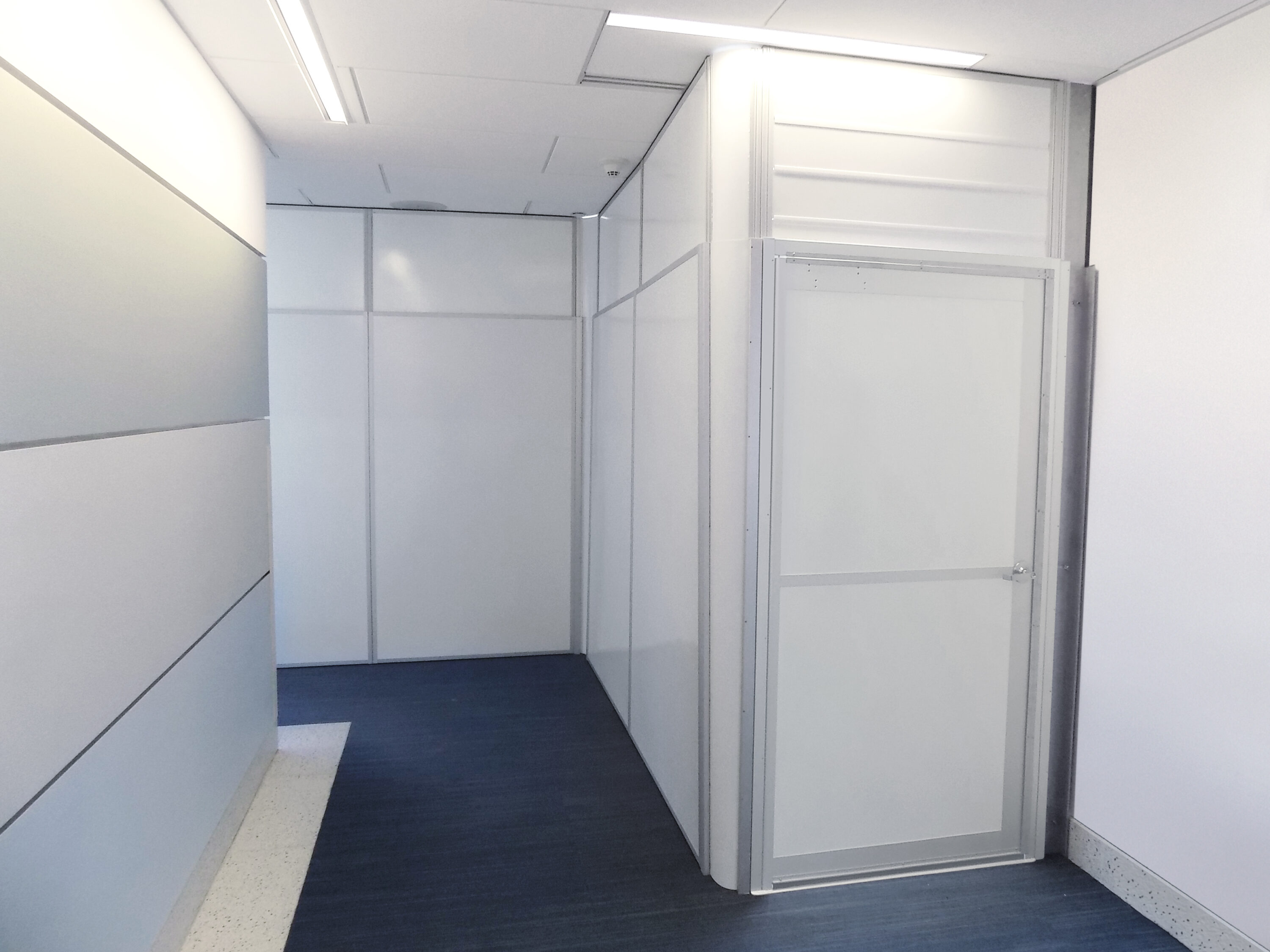
Accessories That Help Create the Perfect Fit
If you’re new to modular containment, you may have concerns about the panels not matching up perfectly. It’s a valid point, and the way a manufacturer chooses to address it tells you everything you need to know about the quality of the system you’re evaluating for purchase – especially if you usually work in sensitive… Read more »

Ask The Engineer: Top 5 RealWall Questions Answered
Our customers face a wide variety of challenges across a broad spectrum of project types. To help save you a phone call to customer support, we asked STARC’s Vice President of Product Development Bruce Bickford to identify the Top 5 questions we receive about our flagship modular wall system, RealWall™.
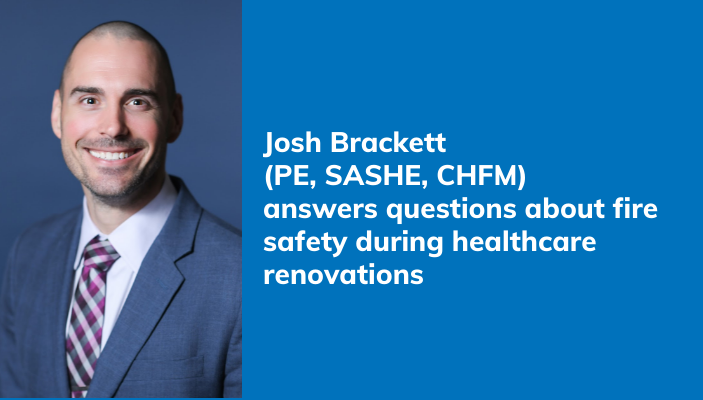
5 Fire Safety Questions Answered by Josh “The Fire Geek” Brackett
We recently surveyed our customers and email subscribers about safety during hospital renovation and maintenance projects. Our survey asked respondents to describe which safety issues they feel are most commonly overlooked before and directly after a project starts; which safety concerns keep them up at night – and for one pressing question they’d like to… Read more »
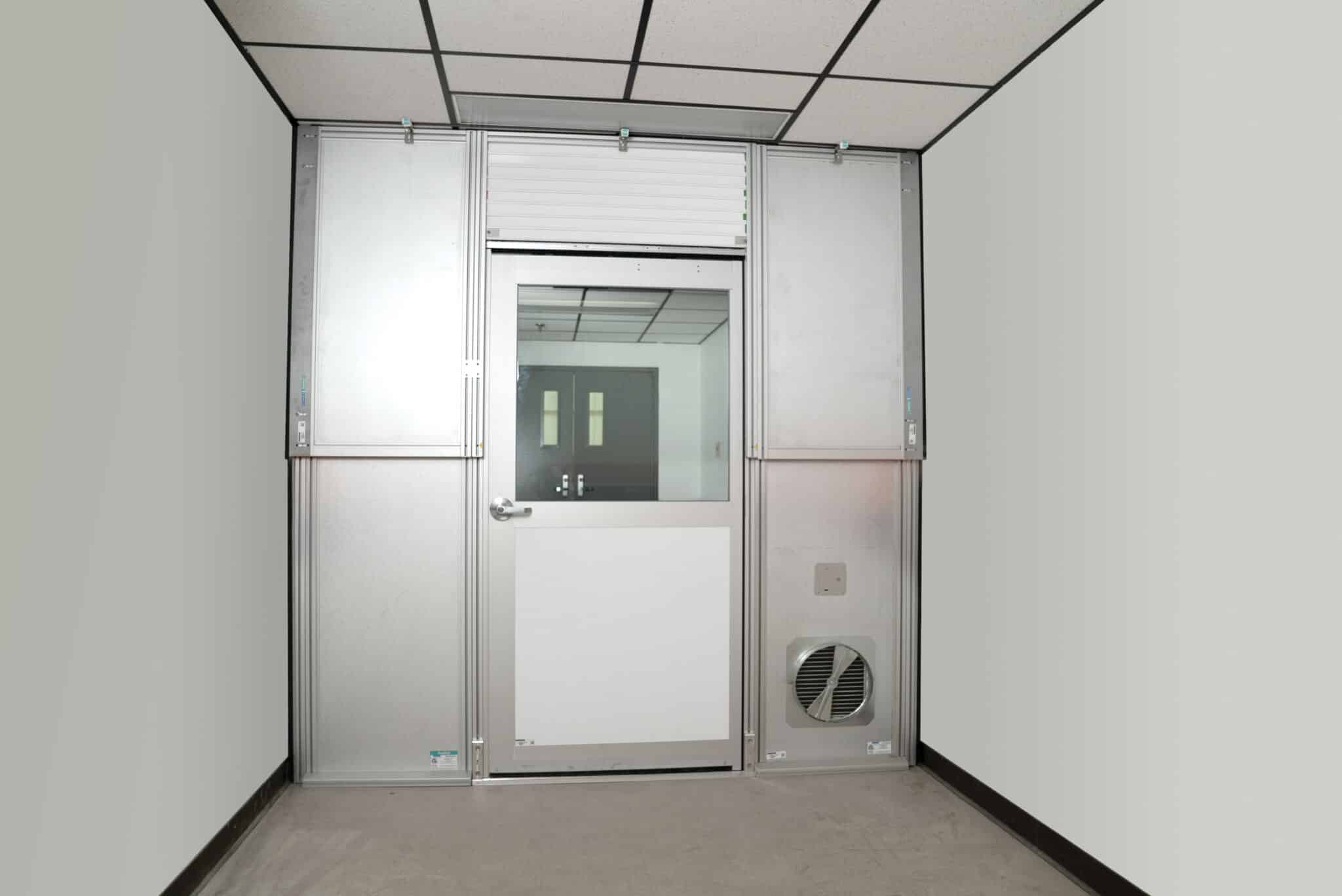
Understanding The Role Of Negative Air
Designing temporary containment for construction and renovation projects requires careful planning. However, safety always comes first—especially in healthcare settings, where protecting patients, caregivers, and staff from construction dust and potentially dangerous pathogens is critical.
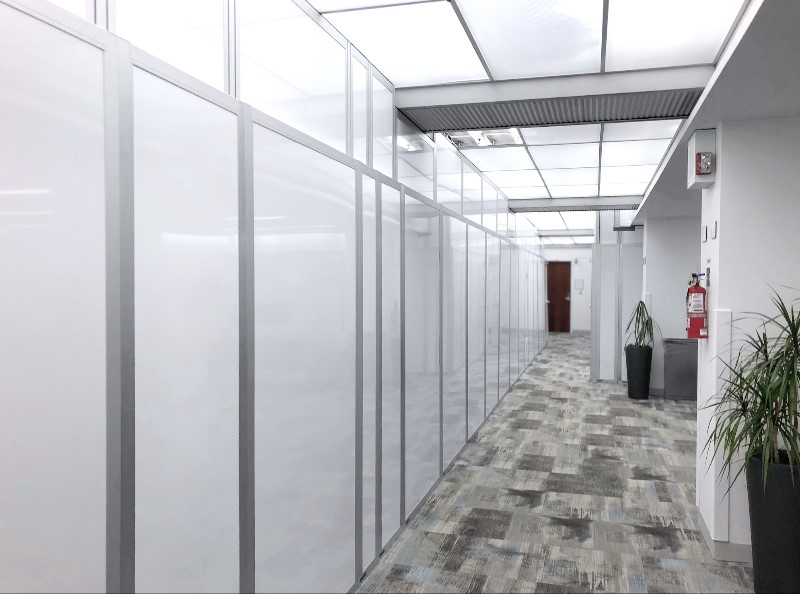
Choosing Prefabricated Modular Walls: Part 2
Updated October 2, 2025 In Part 1 of this series, we explored the key factors in choosing prefabricated modular walls — from project timelines to compliance and cost. In Part 2, we’ll go deeper, comparing drywall with modular wall systems to reveal the hidden costs, risks, and opportunities that should guide your decision.
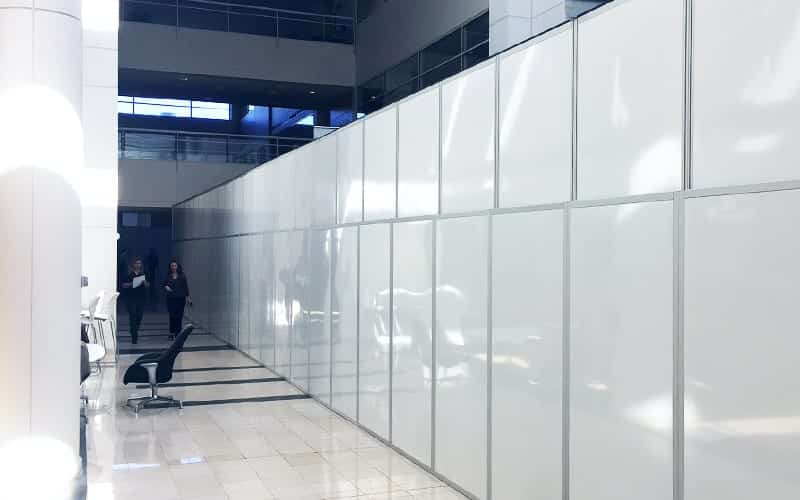
Choosing Prefabricated Modular Walls: Part 1
Updated October 2, 2025 Choosing prefabricated modular walls starts with understanding your project’s goals. Are you looking for speed, flexibility, or long-term performance? The modular wall market has grown rapidly in recent years, with solutions designed for permanent installations as well as temporary containment. Knowing how to frame your decision up front will save time,… Read more »
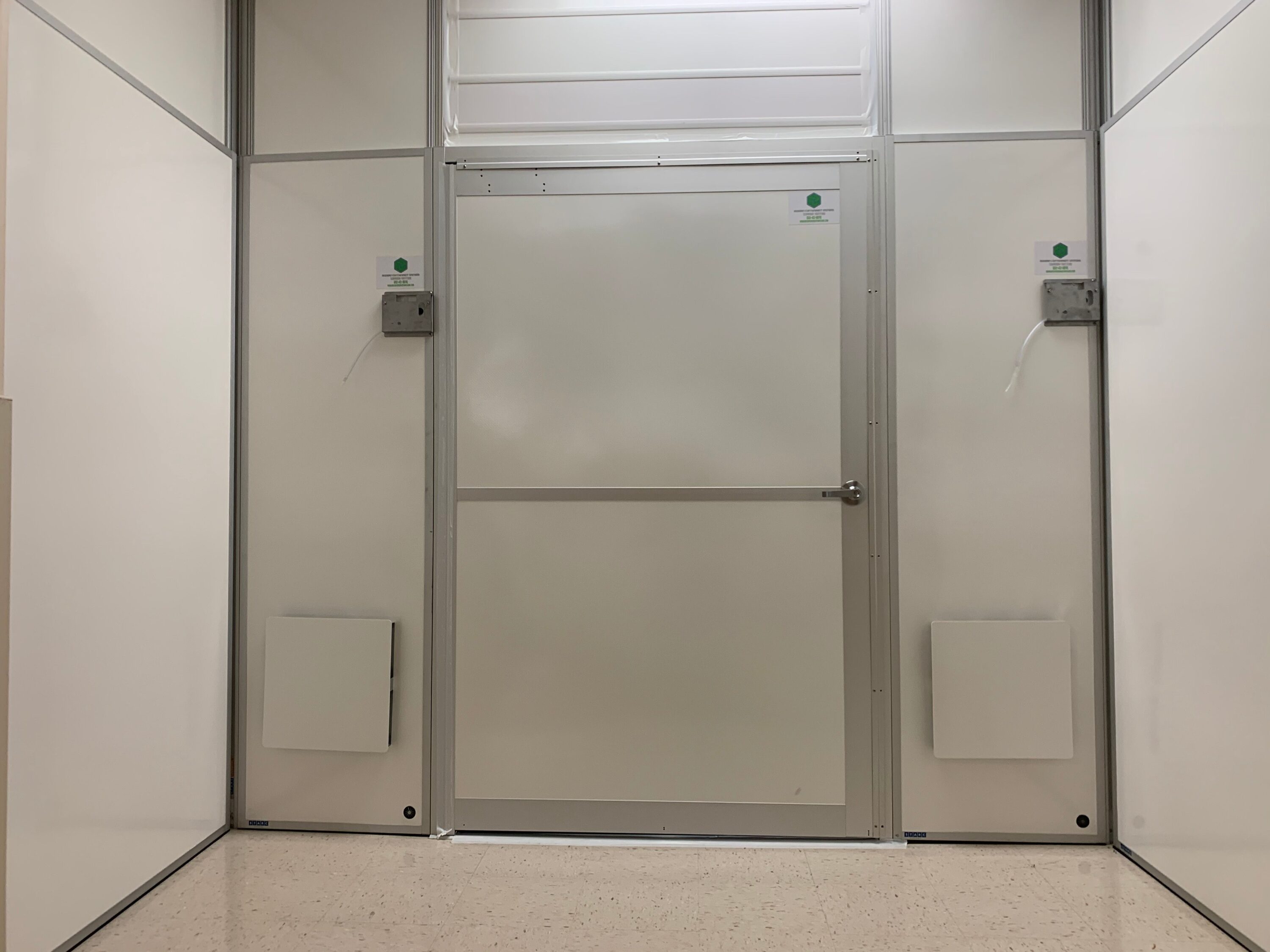
What’s the Difference Between an Anteroom and a Buffer Room?
What is an Anteroom Used For? An anteroom is a small room that leads into a larger room. For healthcare construction and renovation projects, anterooms provide a space to don and remove protective clothing, store PPE, and provide a transition airlock to the construction spaces.
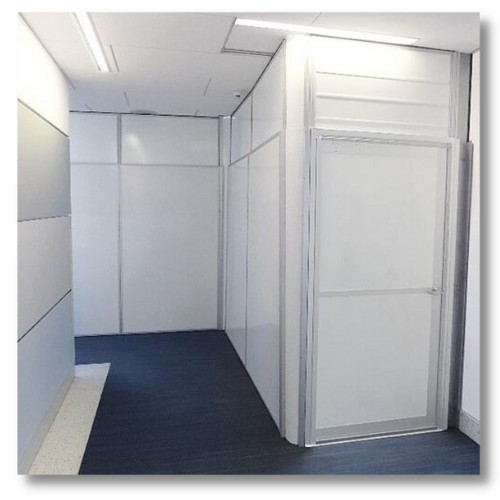
Renovation Lessons Learned From 2022: Reader Favorites
As we head into the New Year, it’s worth noting some of the most popular topics covered over the past 12 months. Following are the Top Five blog posts that resonated most with our growing audience of contractors, project managers, facilities managers, infection preventionists, and others tasked with eliminating disruption during occupied renovations.
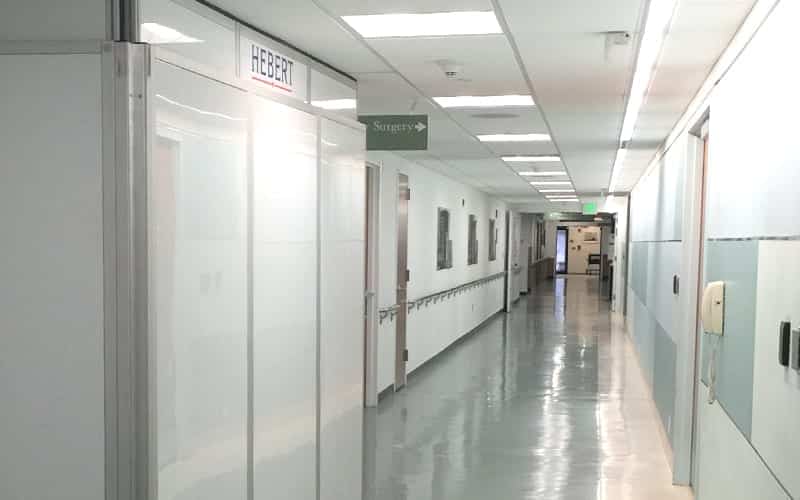
Effective Dust Control in Healthcare Settings
Dust control in healthcare can seem like a never-ending battle. While it’s challenging to keep facilities clean, it’s critical to keep patients safe. Dust can introduce allergens into the air, transport bacteria, and increase healthcare-acquired infections (HAI’s).
